Urban living comes with space limitations, but that doesn’t mean you have to give up on your dream of a lush, green garden. Vertical gardens offer a smart, stylish, and space-saving solution for gardening enthusiasts who live in small apartments, condos, or homes with limited outdoor areas. Whether it’s a balcony, rooftop, patio, or even a sunny corner indoors, a vertical garden lets you grow plants upward instead of outward — maximizing the use of available space while beautifying your home.
In this comprehensive guide, we’ll explore everything you need to know about vertical gardening: the benefits, best plant choices, creative ideas, and a step-by-step guide to building your own vertical garden setup.
What Is a Vertical Garden?
A vertical garden (also known as a green wall or living wall) is a method of growing plants on vertical surfaces — walls, trellises, frames, pallets, or tower structures. Instead of planting horizontally in ground beds or pots, plants are arranged in stacked layers or modules, making efficient use of vertical space. This concept isn’t just aesthetically pleasing — it also improves air quality, reduces noise, insulates walls, and brings nature indoors.
Why Choose Vertical Gardening?
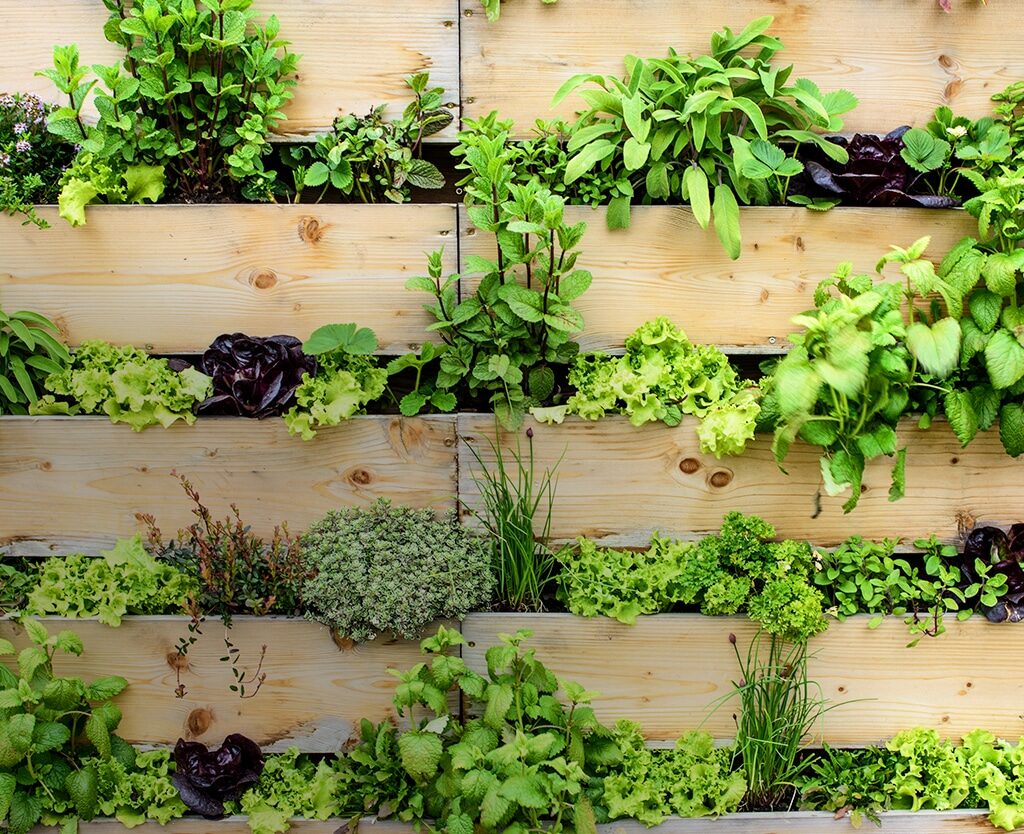
Vertical gardening has grown in popularity in cities and small homes for a number of good reasons:
1. Space Optimization
Ideal for balconies, small yards, or indoor rooms, vertical gardens help you make the most of tight quarters. They let you grow a surprisingly large variety of plants in a compact footprint.
2. Improved Air Quality
Plants naturally filter and purify the air by absorbing pollutants and releasing oxygen. A vertical garden acts as a natural air purifier, especially beneficial in urban areas with poor air quality.
3. Reduced Urban Heat
Living walls can help regulate temperatures, acting as natural insulation and cooling the surrounding environment, both indoors and outdoors.
4. Aesthetic Appeal
Vertical gardens are a beautiful addition to any space. With creative arrangements, color combinations, and textures, they can act as stunning focal points or functional partitions.
5. Easy Maintenance
Many vertical setups are built for easy watering and harvesting. Drip irrigation systems and modular pockets make upkeep manageable, even for beginners.
Ideal Plants for Vertical Gardens
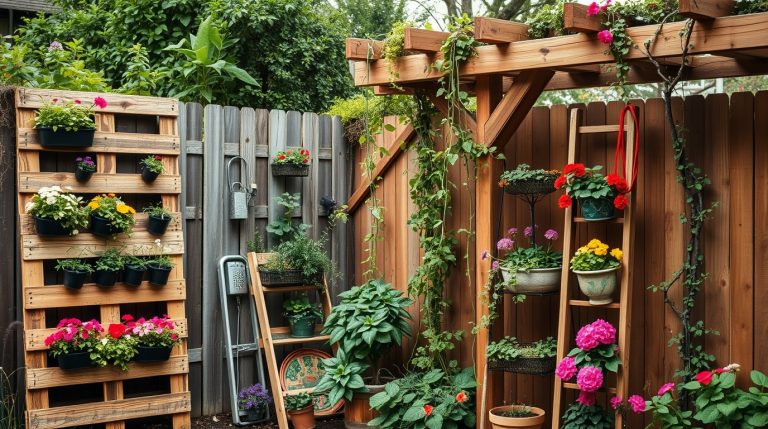
The success of a vertical garden largely depends on the plants you choose. Select species based on lighting conditions, location (indoor or outdoor), and your local climate. Here are great choices for different situations:
Best Indoor Vertical Garden Plants:
- Pothos – Low maintenance, air-purifying.
- Spider Plant – Hardy, tolerates low light.
- English Ivy – Fast-growing climber.
- Ferns – Love shade and humidity.
- Herbs (like basil, mint, thyme) – Perfect for kitchen gardens.
Outdoor Vertical Garden Plants:
- Succulents – Great for sunny spots, require minimal water.
- Petunias – Colorful flowering plants that cascade down.
- Strawberries – Easy to grow in vertical towers or pockets.
- Lettuce and Leafy Greens – Excellent for modular wall gardens.
- Climbing Vines (morning glory, clematis) – Natural vertical growers.
Creative Vertical Garden Ideas for Small Spaces
Looking to get inspired? Here are innovative and budget-friendly vertical garden setup ideas:
1. Wall Planter Pockets
Fabric wall pockets (like shoe organizers or felt grow bags) can be mounted on fences or walls to grow herbs, flowers, and even small vegetables.
2. Pallet Gardens
Repurpose wooden pallets into a rustic vertical garden. Fill the slats with soil and plants, lean it against a wall, and enjoy the greenery.
3. Hanging Bottle Garden
Use recycled plastic bottles as individual planters. Hang them with string or attach them to a wooden board to form a green display.
4. Ladder Shelf Garden
A tiered ladder can hold multiple pots or trays in a vertical stack, great for balcony corners or sunny windows.
5. Tower Planters
Stacked planters or cylindrical towers are perfect for growing herbs, strawberries, or greens in a compact setup.
6. Trellises and Climbing Frames
Install trellises against a wall or fence and grow climbers or vines like beans, tomatoes, or flowering creepers.
Step-by-Step Guide: How to Set Up a Vertical Garden
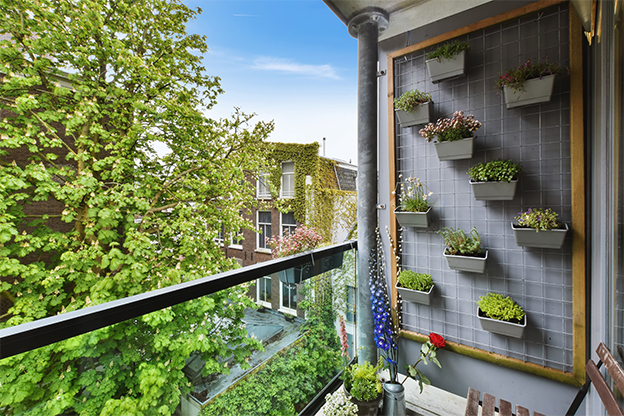
Here’s a practical step-by-step plan for building your own vertical garden at home:
Step 1: Choose the Right Location
Pick a spot with good access to natural light — at least 4–6 hours of sunlight for most edible plants. For indoor gardens, supplement with grow lights if needed.
Step 2: Select Your Vertical Garden Structure
Based on your space and style, decide on a setup:
- Wall-mounted racks or panels
- Freestanding vertical towers
- Hanging systems
- Trellises or latticework
Step 3: Pick the Right Plants
Choose plants based on light, temperature, and humidity. Group together plants with similar needs. For beginners, herbs, succulents, and leafy greens are a great start.
Step 4: Install a Support System
Ensure the structure can support the weight of soil, plants, and water. If you’re using a wall mount, anchor it securely.
Step 5: Prepare the Planters
Fill planters or pockets with good-quality, well-draining potting mix. Consider adding slow-release fertilizer for extra nutrition.
Step 6: Plant and Arrange
Place taller or trailing plants near the top and bushier, shade-tolerant ones at the bottom. This helps with light distribution and aesthetics.
Step 7: Set Up Watering
Use a watering can, hose with a nozzle, or a drip irrigation system for low-maintenance watering. Water from the top to allow trickle-down to lower layers.
Step 8: Maintain Your Garden
Check soil moisture daily, prune regularly, and re-fertilize monthly if needed. Rotate plants for even growth.
Tips for Vertical Gardening Success
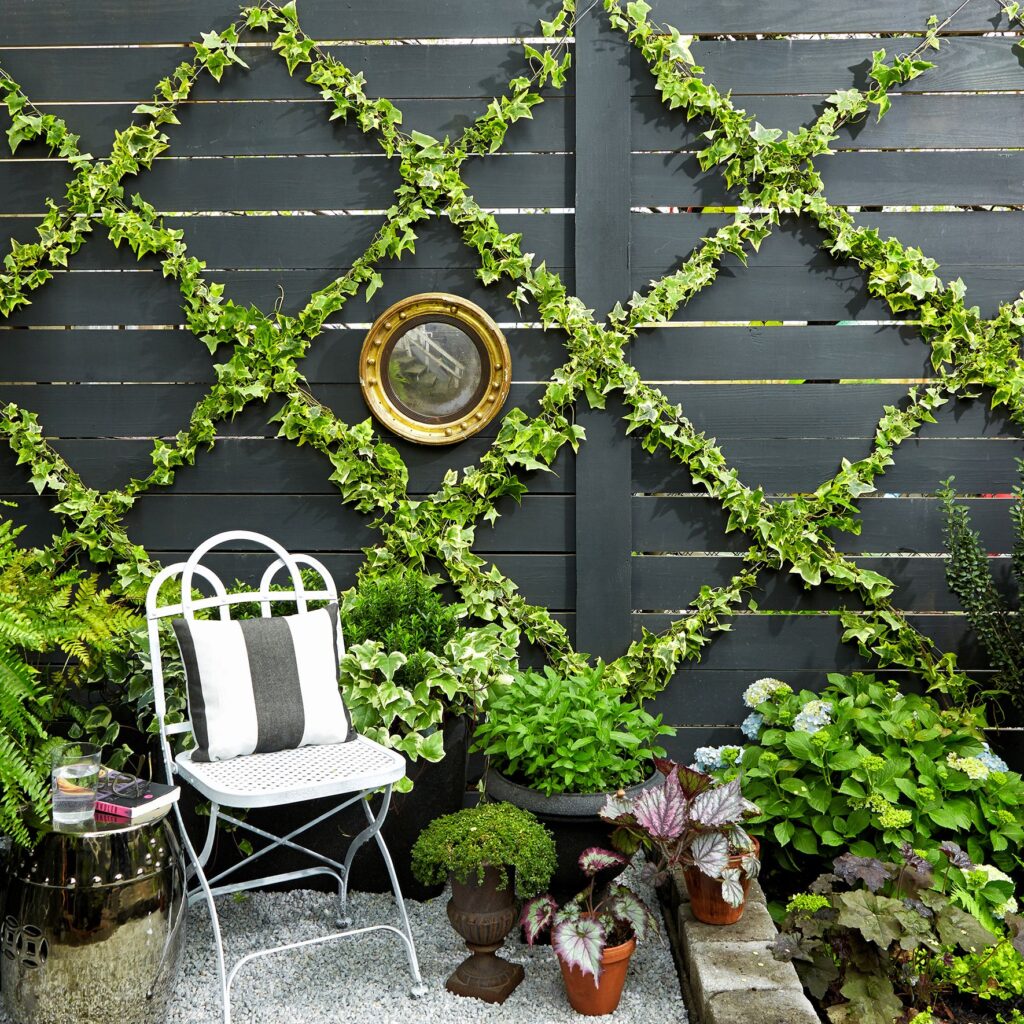
- Water Wisely: Vertical gardens dry out faster than ground beds, so monitor moisture levels closely.
- Feed Regularly: Nutrients can be lost through runoff, so use liquid fertilizers or compost tea to keep plants healthy.
- Watch for Pests: Check leaves and stems regularly for signs of pests, especially in dense plantings.
- Rotate Plants: Swap out seasonal plants or rotate positions to encourage even growth.
- Use Lightweight Materials: Opt for lightweight soil mixes and containers to avoid excess pressure on walls or frames.
Final Thoughts
A vertical garden is more than just a trend — it’s a practical, beautiful way to bring greenery into limited spaces. Whether you’re a seasoned gardener or a complete novice, setting up a vertical garden can be a rewarding, space-saving solution that adds charm and vitality to your home.
From fragrant herbs on your kitchen wall to cascading flowers on your balcony, the possibilities are endless. All it takes is a little creativity, a smart setup, and a passion for plants.

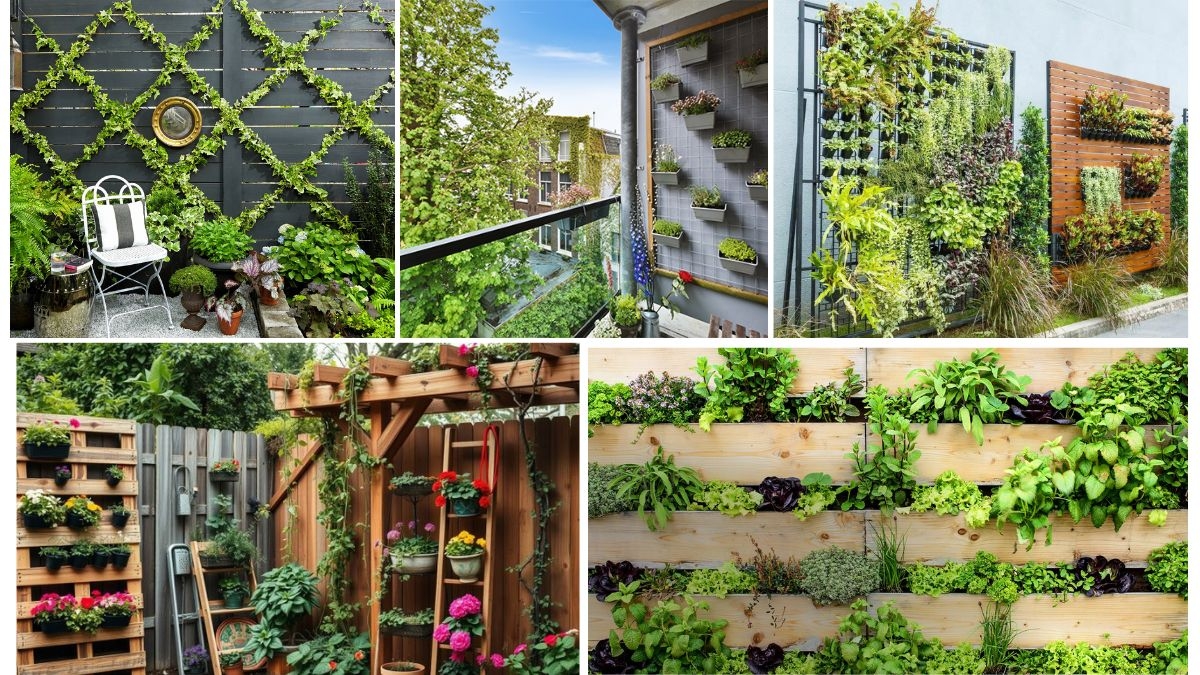





Leave A Comment